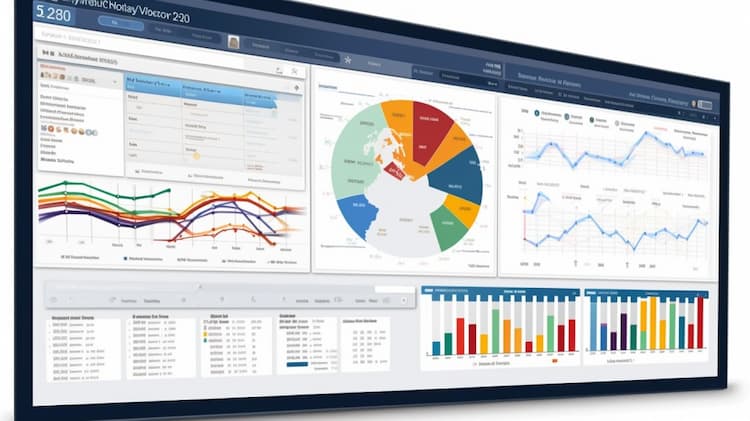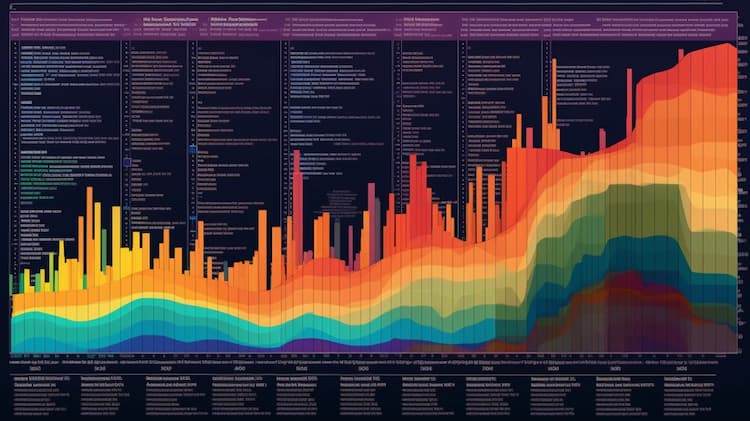
IEO VS OIH
Exchange-Traded Funds (ETFs) have transformed the investment landscape, offering investors access to diversified exposure across various sectors and asset classes. In this article, we will conduct a comprehensive comparison between two prominent ETFs: IEO (iShares U.S. Oil & Gas Exploration & Production ETF) and OIH (VanEck Vectors Oil Services ETF). We'll delve into key aspects such as ETF tickers, full names, issuers, sectors, top holdings, capitalization, investment strategy, tracking methods, and exposure.
IEO Vs OIH: Overview
IEO and OIH are two ETFs that cater to different segments within the energy sector. IEO focuses on companies engaged in oil and gas exploration and production, while OIH targets oilfield service companies. This fundamental distinction shapes their underlying investments and risk profiles, which we'll dissect further in the subsequent sections.
IEO Vs OIH: Sectors and Top Holdings
The IEO ETF primarily invests in companies that are actively exploring, producing, and distributing oil and gas. Its top holdings often include major players in the energy industry like Chevron, Exxon Mobil, and ConocoPhillips. On the other hand, OIH allocates its assets to oilfield service companies like Schlumberger, Halliburton, and Baker Hughes. Understanding the sectors and top holdings is crucial for investors seeking exposure to specific segments of the energy sector.
 IEO overlap IEO VS OIH
IEO overlap IEO VS OIH
IEO Vs OIH: Capitalization and Investment Strategy
IEO boasts a substantial Asset Under Management (AUM), which reflects its popularity among investors seeking exposure to the oil and gas exploration and production segment. OIH, as an ETF focusing on oilfield service companies, is influenced by the performance of these service providers. The variation in capitalization and investment strategy between the two ETFs results in distinct potential for returns and risks, demanding careful consideration from investors.
IEO Vs OIH: Tracking Methods and Exposure
The IEO ETF aims to mirror the performance of its underlying index by investing in companies involved in oil and gas exploration and production. OIH, however, tracks an index composed of companies that provide services to the oil and gas industry, such as drilling, equipment, and infrastructure. The tracking methods and exposure strategies vary significantly, highlighting the importance of aligning an ETF's focus with an investor's preferences.
Conclusion
IEO and OIH represent distinct approaches to investing within the energy sector. As investors explore the nuanced differences in sectors, top holdings, capitalization, investment strategy, tracking, and exposure, it becomes clear that choosing between these ETFs requires careful analysis. For those seeking deeper insights into holdings, correlations, overlaps, and other critical information, the ETF Insider app proves to be an invaluable resource. With its user-friendly interface, the app empowers investors to make informed decisions regarding these and other financial instruments.
Disclaimer: This article is provided for informational purposes only and does not offer investment advisory services.
Sources:
https://www.ishares.com/IEO ETF issuer
https://www.ishares.com/us/products/239517/ishares-us-oil-gas-exploration-production-etf IEO ETF official page
IEO quote and analysis
Discover the top holdings, correlations, and overlaps of ETFs using our visualization tool.
Our app allows you to build and track your portfolio.
To learn more about the IEO iShares U.S. Oil & Gas Exploration & Production ETF, access our dedicated page now.
FAQ
Why is IEO better than OIH?
IEO may be considered better than OIH for some investors due to its specific focus, offering diversification.
Does OIH beat IEO?
OIH's performance relative to IEO will vary over time, depending on market conditions.
Should I invest in IEO or OIH?
The choice between IEO and OIH should align with your investment goals, risk tolerance, and desired exposure.
Are IEO and OIH good investments?
Both IEO and OIH can be suitable investments depending on individual investment strategies, goals, and risk profiles.
What is the correlation between IEO and OIH?
The correlation between IEO and OIH can vary over time, reflecting differences in performance.























